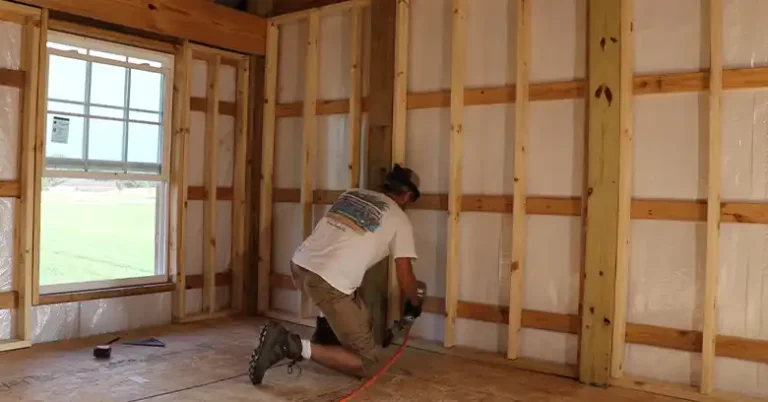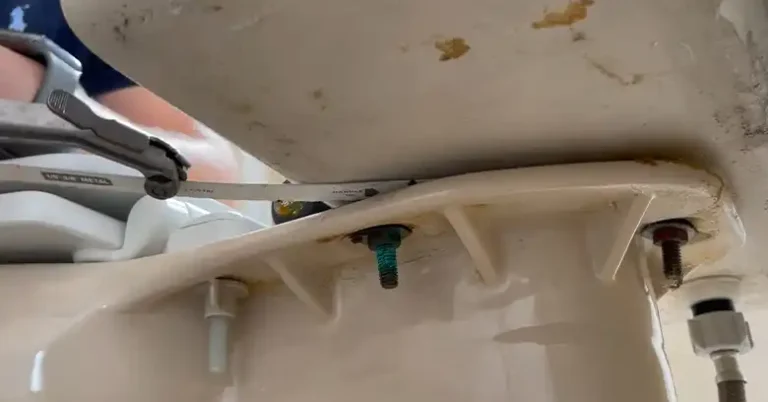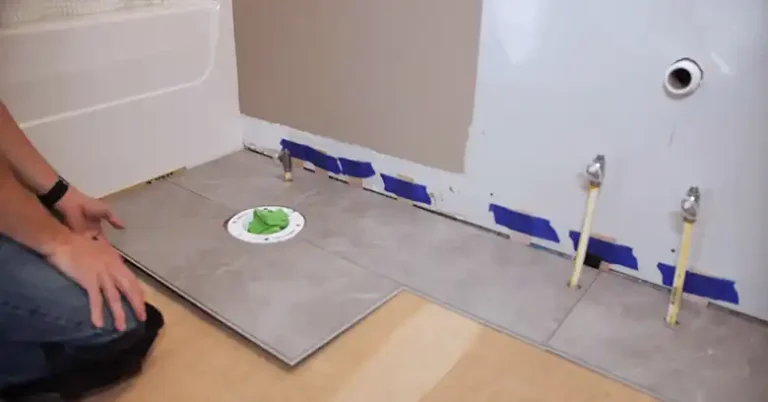How To Raise Pergola Height The Right Way
Raising the height of your pergola can dramatically transform your outdoor living space, enhancing both its functionality and aesthetic appeal.
Whether you’re looking to create a more open and airy environment, accommodate taller plants, or simply want to make a bold design statement, increasing your pergola’s height is a practical solution.
This guide will walk you through various methods to elevate your pergola, from extending existing posts to using prefabricated extension kits.
We’ll also cover crucial considerations like structural integrity, local building codes, and whether to tackle the project yourself or hire a professional.
By the end of this article, you’ll have a comprehensive understanding of how to safely and effectively raise your pergola, allowing you to maximize the potential of your outdoor oasis.
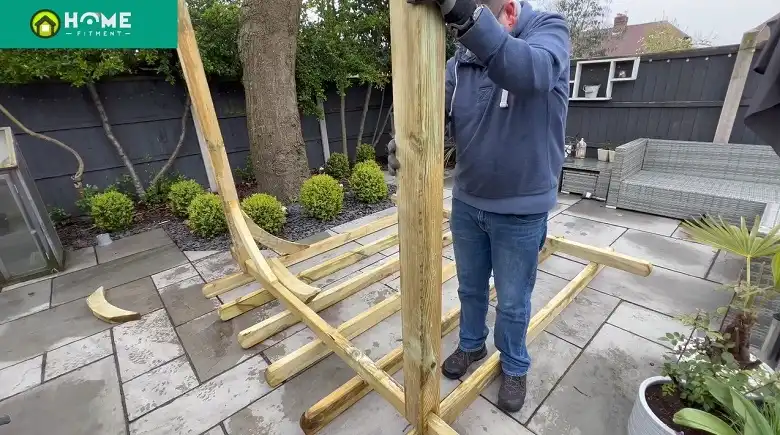
Reasons To Raise Pergola Height
Raising the height of your pergola serves multiple practical and aesthetic purposes, making it a valuable enhancement for your outdoor space. By elevating your pergola, you can significantly:
1. Improve Air Circulation
Enhancing airflow can create a more comfortable environment under the pergola, especially during warm weather, by allowing breezes to pass through more effectively.
2. Accommodate Taller Plants Or Structures
Increasing the height provides room for taller plants to flourish or for installing larger structures like trellises or hanging gardens, adding greenery and visual interest to your space.
3. Create A More Spacious Feel
A taller pergola can visually open up your outdoor area, making it feel more expansive and inviting. This can be particularly beneficial in smaller yards or patios.
4. Allow For Additional Features (Fans, Lighting, Etc.)
With added height, you have the flexibility to install ceiling fans, pendant lights, or other overhead fixtures, enhancing both functionality and ambiance during day and night.
Different Methods for Raising Pergola Height Explained
When exploring options to elevate your pergola, consider these effective methods tailored to meet varying structural needs and design preferences:
1. Extending Existing Posts

Extending the existing posts involves securely adding new sections atop the current ones. This method requires precise measurement and may involve reinforcing the posts with additional lumber or metal connectors to maintain stability.
It’s crucial to ensure that the extended posts align perfectly vertically to maintain the pergola’s structural integrity.
Step-by-Step Guide
- Measure the desired height extension and assess the current structural condition of the pergola. Plan for additional materials and reinforcements if necessary.
- Purchase additional lumber or metal posts of appropriate length and quality. Gather tools such as saws, drills, and fasteners.
- Cut new posts to size and securely attach them atop the existing posts using metal connectors or bolts. Ensure the joints are tight and well-aligned.
- Add additional support beams or braces as required to maintain stability and load-bearing capacity.
- Once extensions are securely in place, inspect for alignment and structural integrity. Test load-bearing capacity by applying weight or pressure.
2. Replacing Posts With Taller Ones
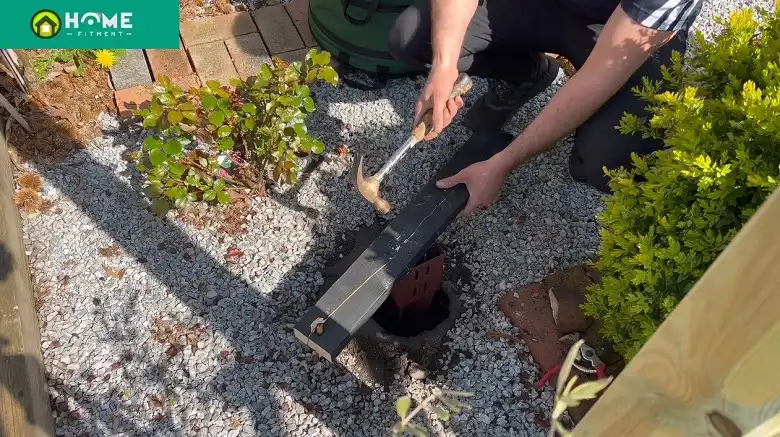
Replacing shorter posts with taller ones is a straightforward approach that provides a clean, uniform appearance.
This method often requires digging out the existing posts and securely installing new, taller posts into the ground or on a solid foundation.
Consider using pressure-treated or weather-resistant wood for longevity, and ensure the new posts are adequately anchored and aligned.
Step-by-Step Guide:
- Dig out and remove the current posts carefully, taking care not to damage surrounding structures or foundations.
- Prepare the ground or foundation where the new posts will be installed. Ensure it is level and stable, using gravel or concrete as needed.
- Position the new, taller posts in place, ensuring they are straight and properly aligned. Use a level to check verticality.
- Anchor the posts securely into the ground or foundation using concrete, brackets, or heavy-duty screws. Ensure they are stable and resistant to movement.
- Once posts are installed, check for stability and alignment. Test by applying pressure or load to ensure they can support the weight of the pergola.
3. Using Extension Kits
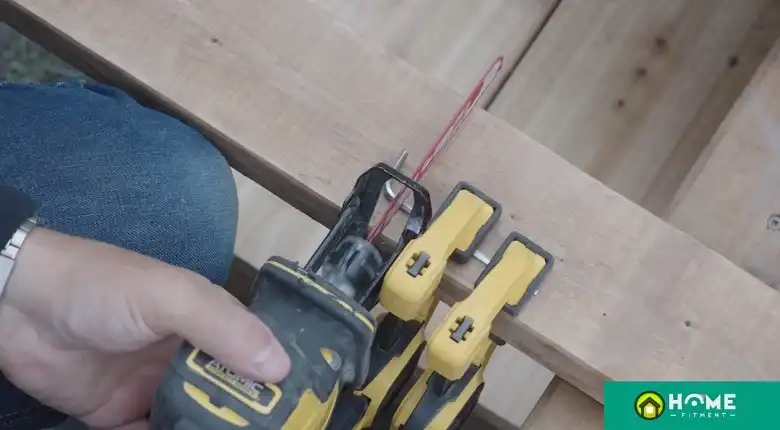
Extension kits designed for pergolas offer a convenient solution for increasing height without extensive modifications. These kits typically include longer posts, brackets, and hardware necessary for the extension.
They are designed to seamlessly integrate with existing pergola structures, simplifying the installation process and ensuring structural integrity.
Step-by-Step Guide:
- Choose a pergola extension kit that matches the dimensions and style of your existing structure. Ensure it includes all necessary components such as posts, brackets, and hardware.
- Clean and inspect the current pergola structure to ensure it is ready for modification. Remove any obstacles or unnecessary components.
- Follow manufacturer instructions to assemble and install the extension components. Attach longer posts and brackets securely to the existing structure.
- Ensure all connections are tight and secure, using appropriate fasteners and tools as recommended by the kit manufacturer.
- Once installed, inspect the extension for proper alignment and structural integrity. Test its stability by applying weight or pressure as appropriate.
4. Anchoring On Elevated Concrete Slabs Or Blocks
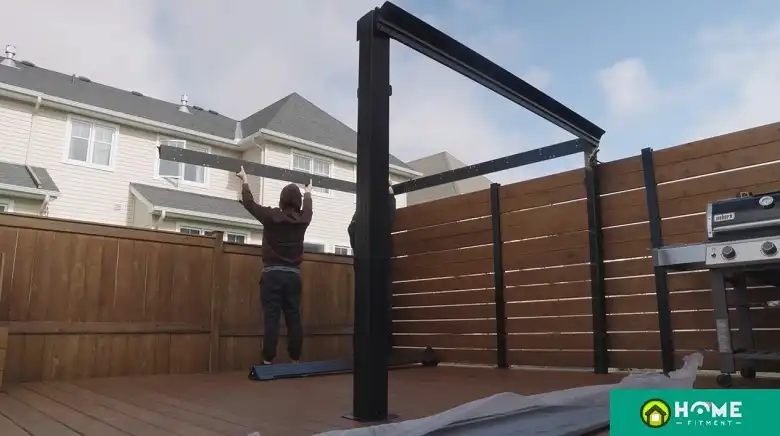
Anchoring your pergola on elevated concrete slabs or blocks not only raises its height but also enhances stability and durability. This method is particularly advantageous in areas with uneven ground or soil movement issues.
Ensure the slabs or blocks are level and securely anchored to prevent shifting over time, providing a solid foundation for your raised pergola.
Step-by-Step Guide:
- Clear and level the area where the concrete slabs or blocks will be placed. Ensure the ground is compacted and stable.
- Position the concrete slabs or blocks in the desired locations for anchoring the pergola. Use a level to ensure they are flat and even.
- Anchor the pergola posts onto the slabs or blocks using appropriate hardware such as anchor bolts or brackets. Ensure they are firmly secured to prevent shifting.
- Check the alignment and levelness of the pergola posts on the slabs or blocks. Make any necessary adjustments to ensure stability and structural integrity.
- Inspect the anchorage points and connections for security and stability. Test the pergola’s stability by applying pressure or load to ensure it is securely anchored.
Considerations Before Raising Height
Before you start raising your pergola’s height, it’s essential to carefully consider a few key factors:
1. Structural Integrity Assessment
First, assess your pergola’s current structure to ensure it can handle the additional height. Check the quality of the materials, the condition of the posts and beams, and make sure it can support any extra weight.
2. Local Building Codes And Regulations
Make sure you comply with local building codes and regulations. Get the necessary permits if required and follow guidelines on things like how tall structures can be, where they can be placed, and safety standards.
3. Material Compatibility
Choose materials that work well with your existing pergola. Consider how well they resist weather, how long they last, and whether they fit with the overall look of your outdoor space.
4. Professional Vs. DIY Approach
Decide if you want to do the project yourself or hire a professional. DIY projects can save money, but if it’s a complex job, a professional might have the skills and knowledge to do it safely and effectively.
Additional Considerations:
- Budget: Figure out how much you can spend on materials, permits, and possibly labor if you hire someone.
- Timeline: Plan for how long the project will take, factoring in weather and any downtime you might need for your outdoor area during construction.
- Consultation: Consider talking to a structural engineer or contractor to get advice on the best way to raise your pergola’s height safely and well.
Final Words
Raising the height of your pergola can enhance airflow, accommodate taller plants, create a spacious feel, and allow for additional features like fans or lighting. You can extend existing posts, replace them with taller ones, use extension kits, or anchor the pergola on elevated slabs.
Each method requires careful planning, including assessing structural integrity, complying with local building codes, and considering material compatibility.
Decide whether to undertake the project yourself or hire a professional based on the complexity. With proper preparation and execution, you can transform your pergola into a more functional and visually appealing outdoor space.
FAQs
1. What Is Proper Pergola Height?
The proper height for a pergola ranges between eight and twelve feet, providing ample headroom and an open feel. This height accommodates hanging plants, lights, or fans while ensuring the structure is not overwhelming. Choose a height that aligns with your aesthetic and functional needs.
2. Can You Extend the Height of an Existing Pergola?
Yes, you can extend an existing pergola’s height by adding extensions to the posts, replacing them with taller ones, or using extension kits. Each method requires careful planning to maintain structural integrity. Assess your pergola’s condition and choose the best method for your needs.
3. What Height Can I Build a Pergola?
You can build a pergola up to 3 meters (approximately 9.8 feet) without needing special permits. This height often aligns with local building codes designed for safety and aesthetic consistency. Check local regulations to ensure compliance and avoid legal issues.
4. Does a Pergola Increase Home Value?
A pergola can increase home value by enhancing outdoor living space, making it more appealing to buyers. Its value boost depends on design, materials, and how well it complements the property. A well-built pergola can be a key selling point.
5. How Deep Should Pergola Posts Be in the Ground?
Pergola posts should be set 24 to 36 inches deep for stability and support. Depth depends on pergola height, weight, and soil conditions. Setting posts in concrete enhances stability and prevents shifting, ensuring the pergola’s longevity.
6. How Do You Set a Pergola Post Level?
To set a pergola post level, dig the post holes to the appropriate depth, place the post, and use a level to check alignment. Adjust as needed and secure it by filling the hole with concrete or packed soil. Ensure the post remains upright while the concrete sets.

